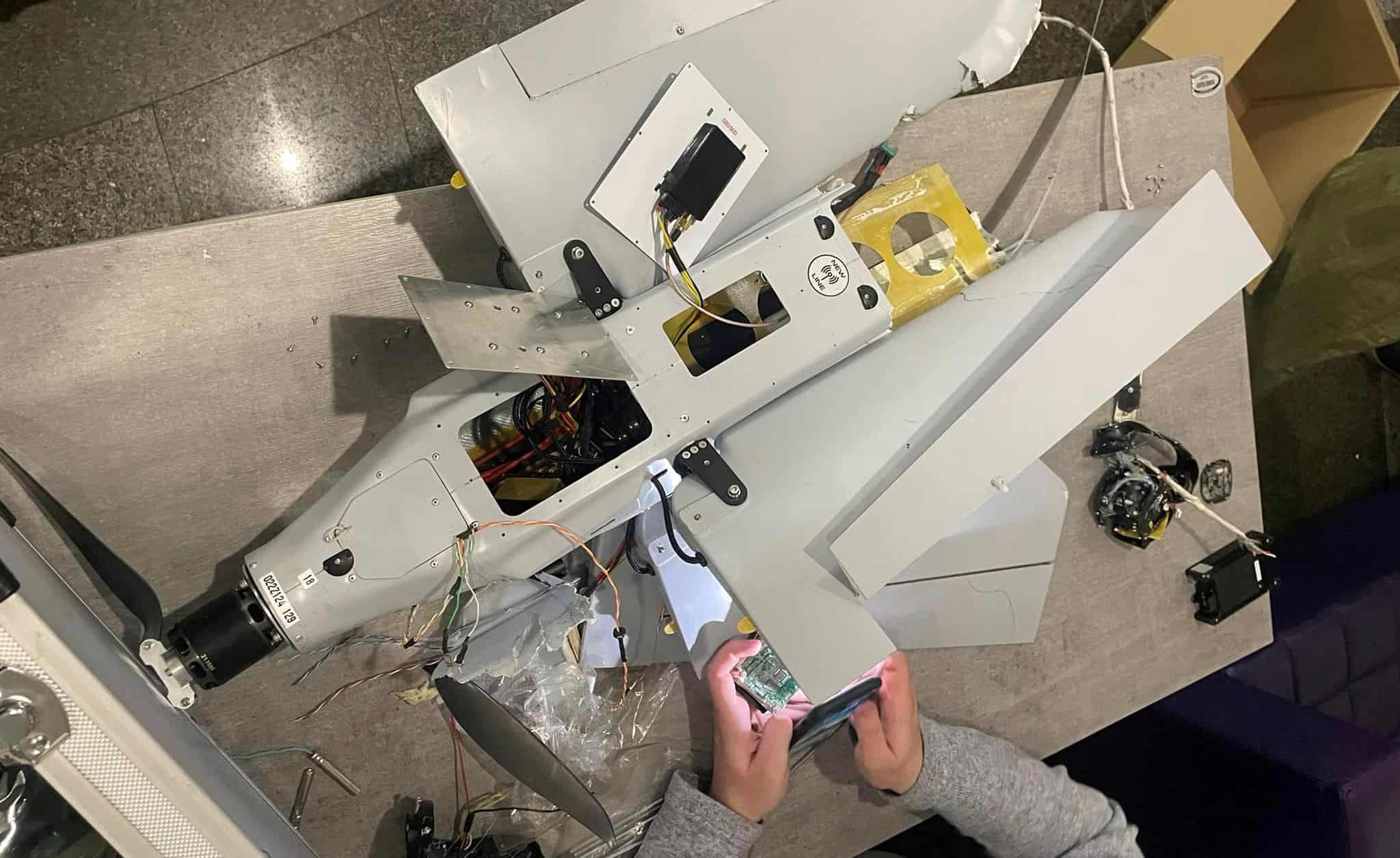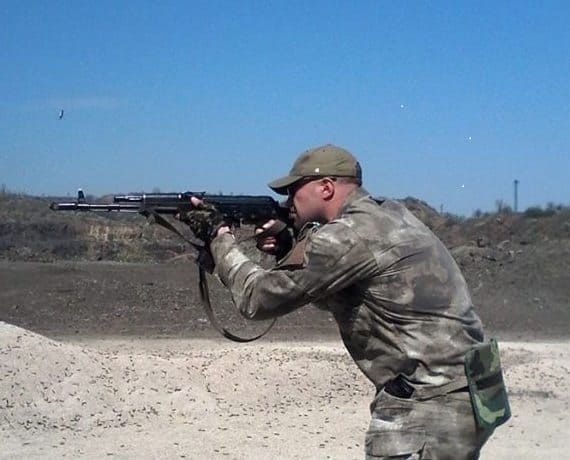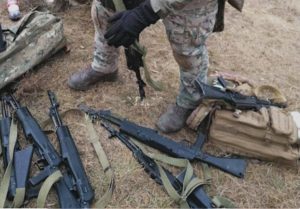
Volunteers are raising funds for anti-drone systems
The Serhiy Prytula Charity Foundation announced the fundraising campaign “LET’S PROTECT THE AIR DEFENCE!” to “cover” air defense systems located close to the contact line in the east and south.
The announcement was published on social media.
The goal is to collect UAH 10 million.
“Today, our main and primary shield are air defense systems, located close to the contact line in the east and south of the country. They are, in fact, the first to detect and strike air targets (cruise missiles, drones, aircraft) that fly from the country of vodka and shit and do not allow them to go deep into Ukraine… However, unfortunately, these systems are often vulnerable to Lancet loitering munition, and there have already been cases of damage to elements of our air defense systems. In this way, the Russians are trying to knock this shield out from us,” Serhiy Prytula wrote.

He also added that this time, the Foundation’s goal is to protect the systems of four anti-aircraft missile brigades (96th, 160th, 138th, and 208th Brigades) with anti-drone installations.
“We are purchasing hundreds of 10-meter aluminum telescopic masts and metal nets to protect launchers, radars, and combat control points of air defense systems. And the most important thing is to protect the lives and health of our Heroes who hold the sky,” he added.
In addition, he emphasized that such designs have proven themselves well and have already been tested in combat conditions.
We have previously reported on how the Ukrainian military protects the equipment from Russian kamikaze drone attacks.
For example, in March of this year, the Ukrainian military demonstrated how they saved the 2S1 Gvozdika self-propelled howitzer using a protective net – it prevented the equipment from being targeted, and intercepted the Russian drone.

It was also possible to protect the AHS Krab self-propelled howitzer – the Lancet UAV got stuck in a metal net placed over the AHS Krab self-propelled howitzer.

ZALA Lancet
Lancet is a Russian loitering munition produced by the ZALA AERO. It has X-shaped wings.
The declared specifications listed a speed of up to 110 km/h, and a flight time of up to 30 minutes for the Lancet-1 model and 40 minutes for the Lancet-3 model. The weight of the warhead is 1 kg and 3 kg, and the maximum take-off weight is 5 and 12 kg, respectively.

The Ukrainian military showed the “stuffing” of the Russian kamikaze drone. It had American-made parts used in it, specifically, the Jetson TX2 module of the US NVIDIA. It provides high speed and energy efficiency in the computing device.

An examination of the Lancet warhead showed that it is equipped with a KZ-6 demolition charge on mounting foam. The tail of the drone also had an additional charge, specifically, a plastid with a detonator, installed in an artisanal way.
The standard KZ-6 demolition charge is intended to punch holes in steel (metal) plates, armored shelters, reinforced concrete, concrete plates, and walls.
- A plastid with a detonator in the Russian Lancet drone, which fell on Ukrainian positions. March 2023, Ukraine. Photo from social networks
- KZ-6 demolition charge in the Russian Lancet drone, which fell on Ukrainian positions. March 2023, Ukraine. Photo from social networks
The explosion of the KZ-6 charge in the air or underwater penetrates armor up to 215 mm thick, a reinforced concrete slab up to 550 mm thick, and soil to a depth of up to 800 mm.
SUPPORT MILITARNYI
Even a single donation or a $1 subscription will help us contnue working and developing. Fund independent military media and have access to credible information.


 Urich
Urich 
 Андрій Харук
Андрій Харук 
 Контужений Безпілотник
Контужений Безпілотник 

 Центр ініціатив ПЖ
Центр ініціатив ПЖ 



 Vadim Kushnikov
Vadim Kushnikov 
 Андрій Тарасенко
Андрій Тарасенко 
 Юрій Юзич
Юрій Юзич 
 Віктор Шолудько
Віктор Шолудько 
 Роман Приходько
Роман Приходько 






